There are famous soba noodles all over Japan, such as Izumo soba, Togakushi soba, Shinshu soba, etc. Today, we are going to introduce one of the most popular soba in Tokyo, as well as in Japan – Jindaiji Soba. We will find out what is behind its origin, how to make the best soba at home and where to enjoy this amazing dishes.
What is Jindaiji Soba?
What is Soba?
Soba (そば) is a Japanese noodle from buckwheat flour, processed from the grains of soba. It’s not just a noodle; it’s a culinary delight in Japan. Often contrasted with “Chuka soba” for Chinese noodles or “Okinawa soba” for Okinawan noodles, it’s known as “Nihon soba” or “Wa soba.” While the term “soba” is generally associated with buckwheat noodles, it’s also used for non-buckwheat noodles like “Chuka soba” and “Okinawa soba.”
Soba has a rich history and is a quintessential Japanese dish, enjoyed in various styles and occasions throughout the year. Served in specialized dishes or baskets, soba can be found in restaurants, chains, and even as packaged noodles in stores. Traditionally, eating soba on New Year’s Eve is a symbolic tradition in Japan. However, it’s essential to note that soba can be an allergen, potentially causing soba allergy, and extreme caution is necessary for those affected.
Introduce about Jindaiji Soba
“Jindaiji Soba” has its roots in Jindaiji, Chofu City, where it was originally served for visitors. Jindaiji, abundant in high-quality spring water, has been known for a long time as a suitable place for cultivating soba, and it has been a local specialty. When you go to the Chofu area, there are many shops near this Jindaiji Temple.
You can enjoy this famous soba in two ways: hot or cold. Hot soba is served with the noodles in a soy sauce-based broth. Meanwhile, when you eat cold soba, you need to dip the cold noodles into a separate dipping sauce. When enjoying cold soba, a small bit of the broth used to boil the noodles is brought out at the end of the meal. Pour your dipping sauce into this to make a thin soup that combines the delicious taste of soba with its nutritional benefits.
History
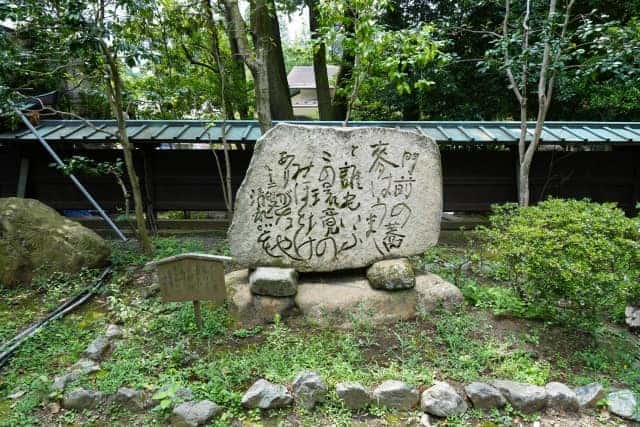
Jindaiji – the perfect place for making soba
Jindaiji Temple is in a perfect place for making traditional Japanese soba noodles. The area around the temple, called Asaka, is famous for its soba, and Jindai is the best spot. The weather here changes a lot, with a big gap of more than 5 degrees between day and night. This special climate is just right for growing soba. There’s also spring water that stays around 17 degrees Celsius all the time. It gives a cool feeling in the summer and a warm feeling in the winter, which is great for soba. The land here is thin, making it perfect for growing soba too.
In the Jindai area, more than 300 farmers work on the land. About half of them focus on making soba noodles. Each family takes care of a specific area. The land is well-organized. This creates a beautiful picture of soba culture right in the heart of Jindai.
Its history
Origins at Jindaiji Temple
Jindaiji Soba’s history traces back to the Edo period, with a popular belief suggesting its inception when a local farmer donated buckwheat flour to Jindaiji Temple. The temple monks began offering these noodles to visitors, laying the foundation for what would become a celebrated culinary tradition.
Patronage from Shogun Iemitsu Tokugawa
During the Edo period, the third shogun, Iemitsu Tokugawa, played a pivotal role in the history of Jindaiji Soba. It is recounted that while on a falconry expedition, Shogun Iemitsu sampled the soba prepared by temple monks. Impressed by the taste, he initiated an annual tradition of presenting Jindaiji Soba to the Shogun family, a practice that endured for years.
Recognition during Kyoho Reform
In a significant turn of events during the Kyoho Reform, the eighth shogun, Yoshimune, encouraged the cultivation of soba in the impoverished Jindaiji Village. Despite initial skepticism, the region’s black soba gained favor, and the soba-making tradition in Jindaiji started flourishing.
Cultural Renaissance and Edo’s Affection:
The popularity of Jindaiji Soba expanded beyond the elite during the Bunka Bunsei era. Ota Shuzanin, an influential figure in Edo culture, played a crucial role. As literary and artistic communities embraced the soba, it garnered a reputation among the general populace, solidifying its status as a culinary delight associated with Jindaiji Temple.
The Edo Meisho Zue, a compilation from the Edo period, described Jindaiji Soba as a temple specialty. However, it highlighted discrepancies between the temple’s location and the actual soba production sites, shedding light on the complexities of its origin.
Modern Jindaiji Soba
Post the Shimada family era, Jindaiji Soba experienced a resurgence, marked by an increase in soba restaurants. The opening of the Jindai Botanical Garden in 1964 further intensified interest in the temple and its surroundings, transforming the area into a vibrant temple town centered around the rich history of Jindaiji Soba.
Jindaiji Soba FAQ
- Is Jindaiji Soba a healthy dietary choice?
Yes, Jindaiji Soba is often regarded as a healthy option. The buckwheat used in the noodles is rich in nutrients like fiber and essential minerals. Additionally, the broth or dipping sauce is relatively low in calories, making it a balanced choice for those conscious of their diet.
- What is the Jindaiji Soba Festival, and when is it held each year?
The Jindaiji Soba Festival is an annual event held in mid-November. During this festival, delicious soba noodles are made from newly-harvested buckwheat. At the same time, there’s the Sobamori Kannon Offering Festival, and you can take part in a thing called the “Jindaiji Soba Tour.” You can go to different soba shops, get stamps on your stamp-rally ema (like a votive horse tablet), and enjoy eating Jindaiji Soba. It’s a fantastic chance to experience the joy of eating this special soba.
How to make Soba at home?
Start by combining soba flour and binding flour, then add water in two portions. When adding water, ensure it is evenly distributed throughout, and bring the ingredients together.
Once the dough has come together, knead it using the palms of your hands. Avoid over-kneading to prevent the dough from becoming too warm; 1-2 minutes of kneading should be sufficient.
After kneading, shape the dough into a triangular cone, pressing down from the top to make it circular.
Sprinkle flour on a flat surface like a table and use your palms to roll out the dough thinly.
Once it reaches a diameter of about 20cm, sprinkle flour on the dough and use a rolling pin to extend it to approximately 30cm in diameter. Continue rolling while shaping the dough into a square.
Sprinkle flour on half of the dough and fold it vertically.
Dust one-third of the folded dough with flour and fold the edges to the center.
Repeat the process on the other side.
Dust a cutting board with flour and cut the dough into uniform thickness.
Using a cutting board helps ensure straight and even cuts.
Recommended restaurants/ stores
Yusui (湧水)
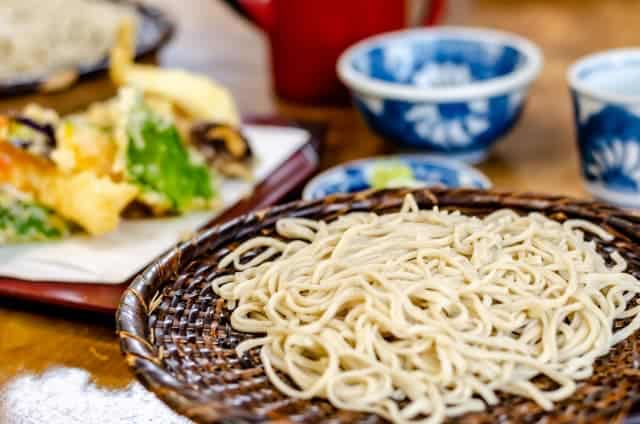
Yusui is a popular soba restaurant in Jindaiji that has long lines even on weekdays. It is open until relatively late compared to the surrounding shops. In addition to serving Nihachi-soba and Kuwari Soba made with domestic stone-ground buckwheat flour, they are also serve alcohol, so you can your delicious soba with drinks. You can also take out, so it’s also recommended as a Jindaiji souvenir.
Tamon (多聞)
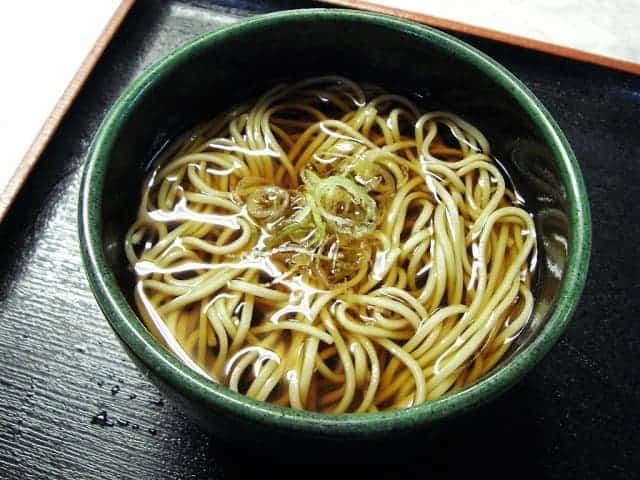
Tamon is a restaurant where you can eat full volume of Jindaiji soba. Nihachi soba’s feature is its thin noodles and its firm texture. The popular “Tenzaru” is a very satisfying menu that comes with 5 kinds of luxurious tempura! Also, the variety of sweets on the menu is appealing. The beautiful-looking Matcha Cream Shiratama Anmitsu” are also very popular. It’s a restaurant where you can relax in the open interior, so let’s experience this restaurant with families.
Tamanoya (玉乃屋)
“Tamanoya” is a Jindaiji soba restaurant that serves Juwari soba with the motto of “providing customers with the most delicious soba made by farmers. Tamanoya’s style is to have a simple menu where you can enjoy the original taste of soba. The shop will close when they run out of soba noodles, so we recommend getting there early!
Takeaway
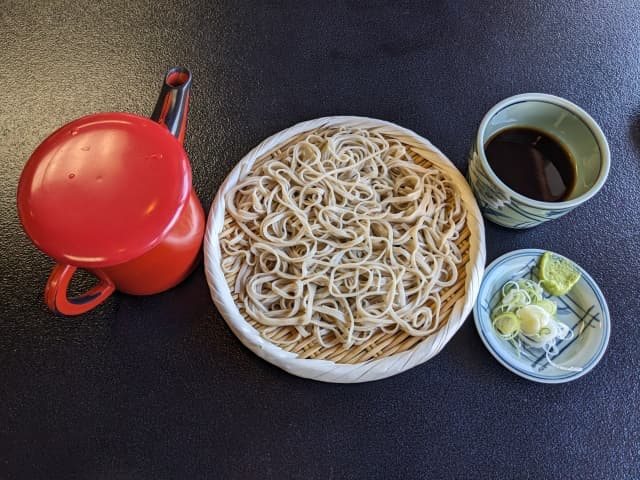
In conclusion, Jindaiji Soba offers a delightful culinary experience, blending tradition and flavor. The restaurant’s commitment to using fresh, local ingredients shines through in each dish. Visitors are treated to a unique taste of Japanese culture, with the cozy ambiance enhancing the dining pleasure. Jindaiji Soba stands as a testament to the rich culinary heritage, leaving patrons with a satisfying and memorable meal that captures the essence of authentic Japanese soba noodles. So do not forget to visit our recommended restaurants!
If you like Japanese noodles, how about checking these articles below!
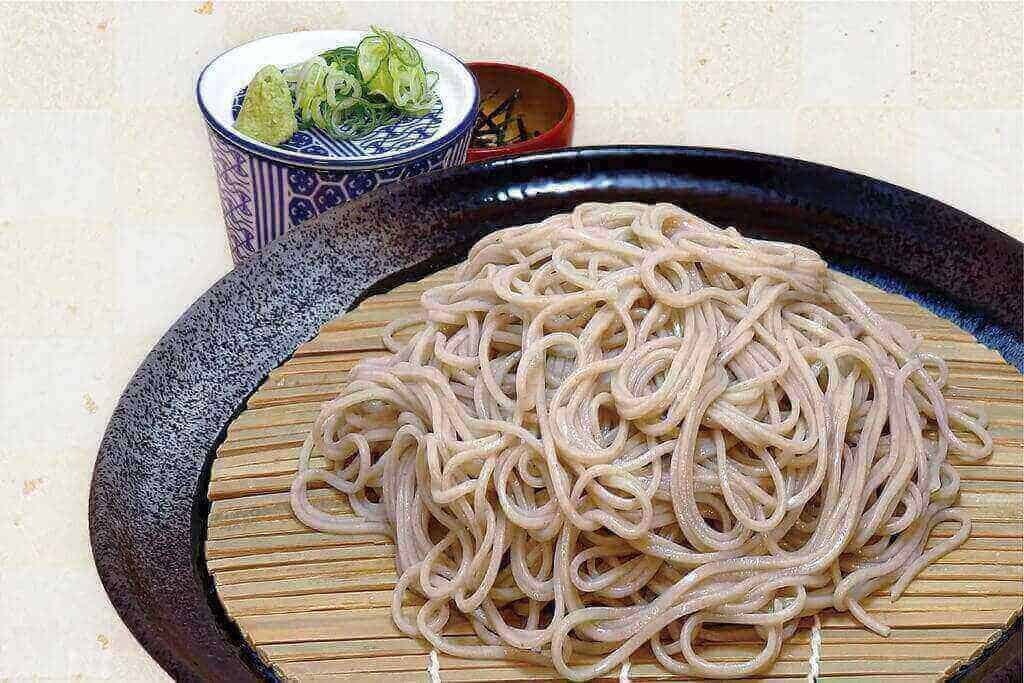
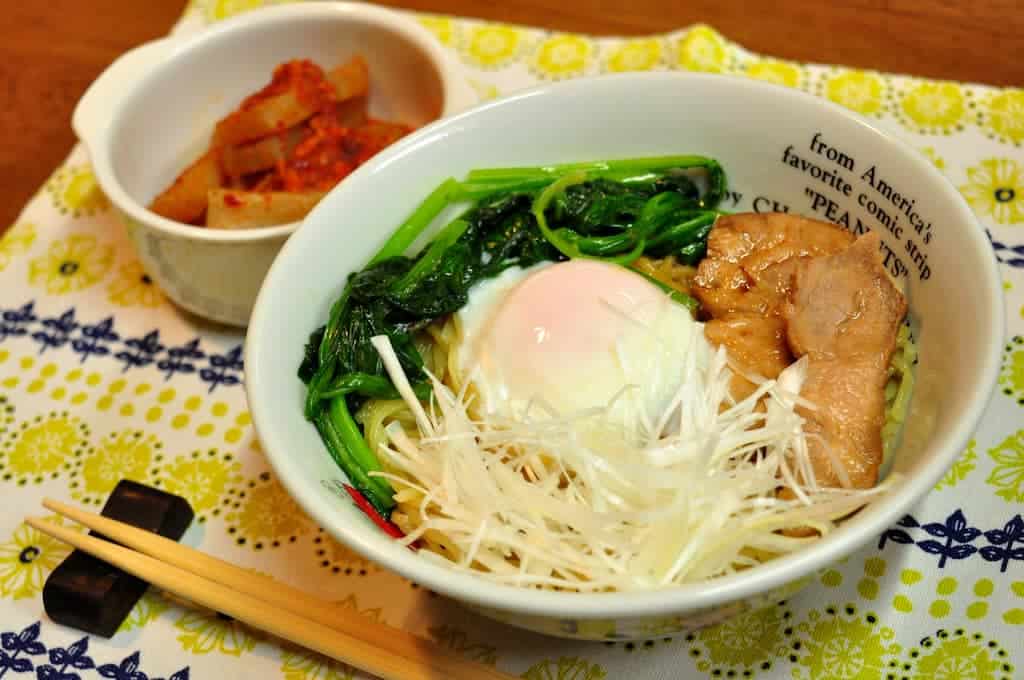



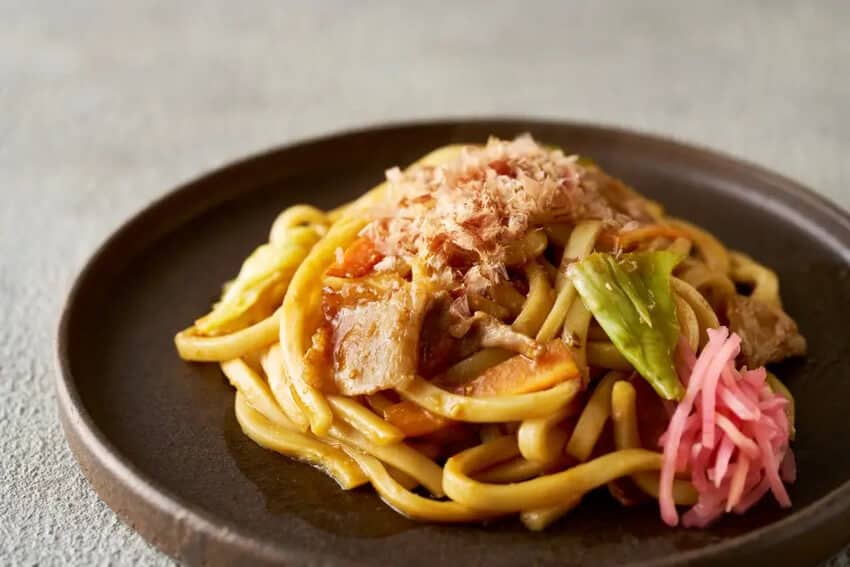
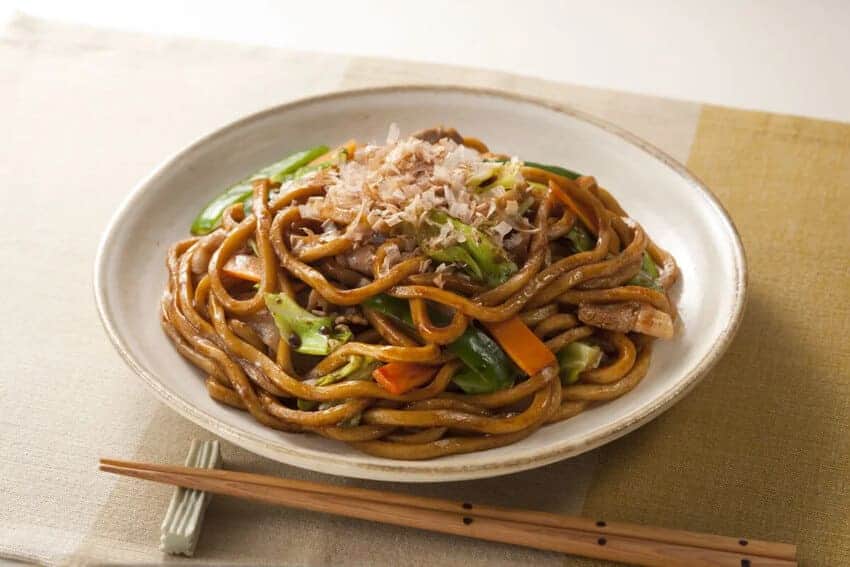

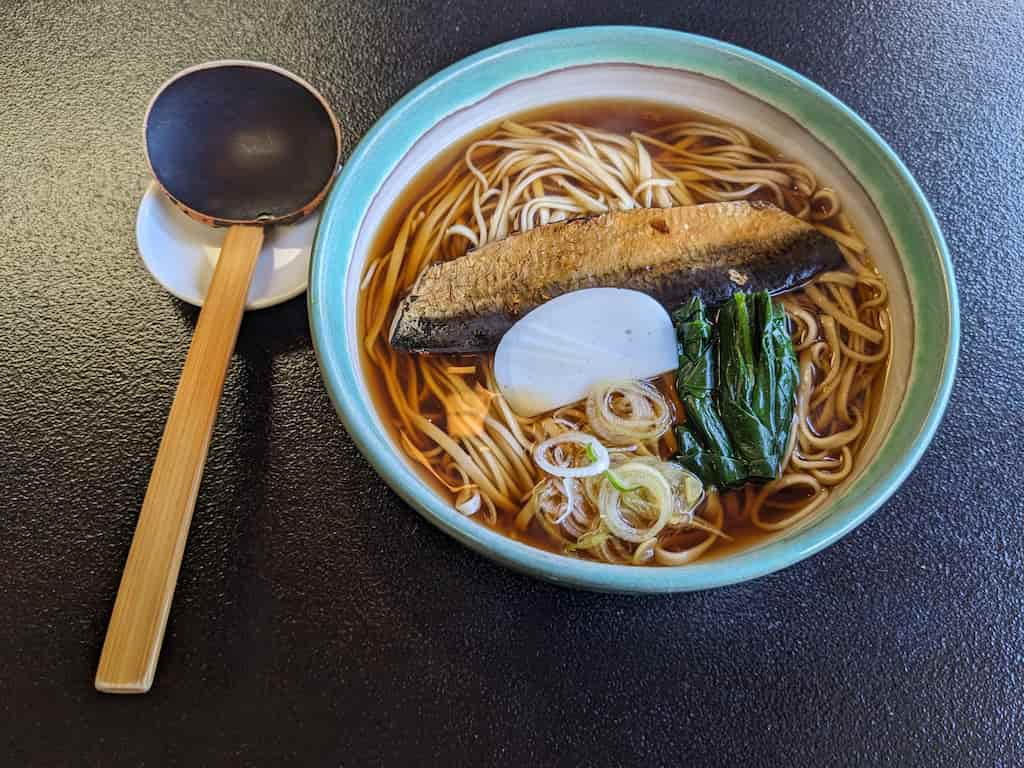
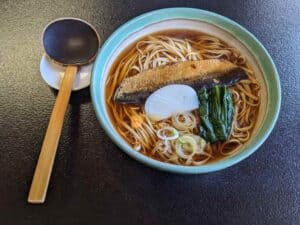
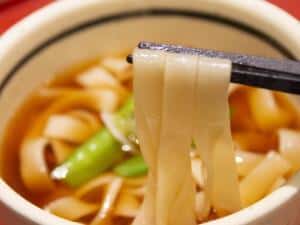
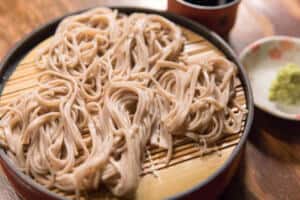
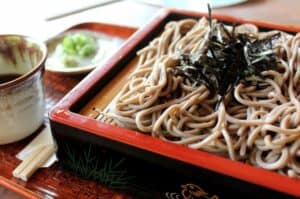
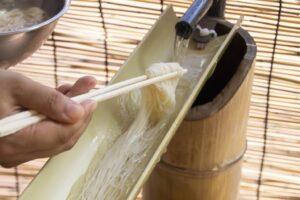
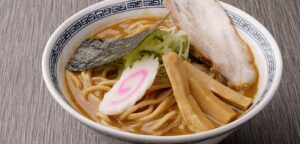
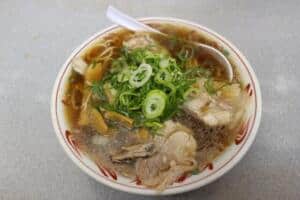
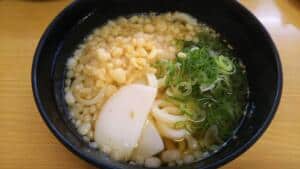
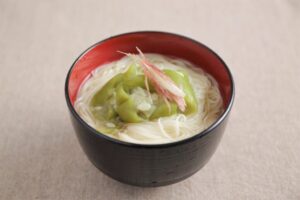
Comments